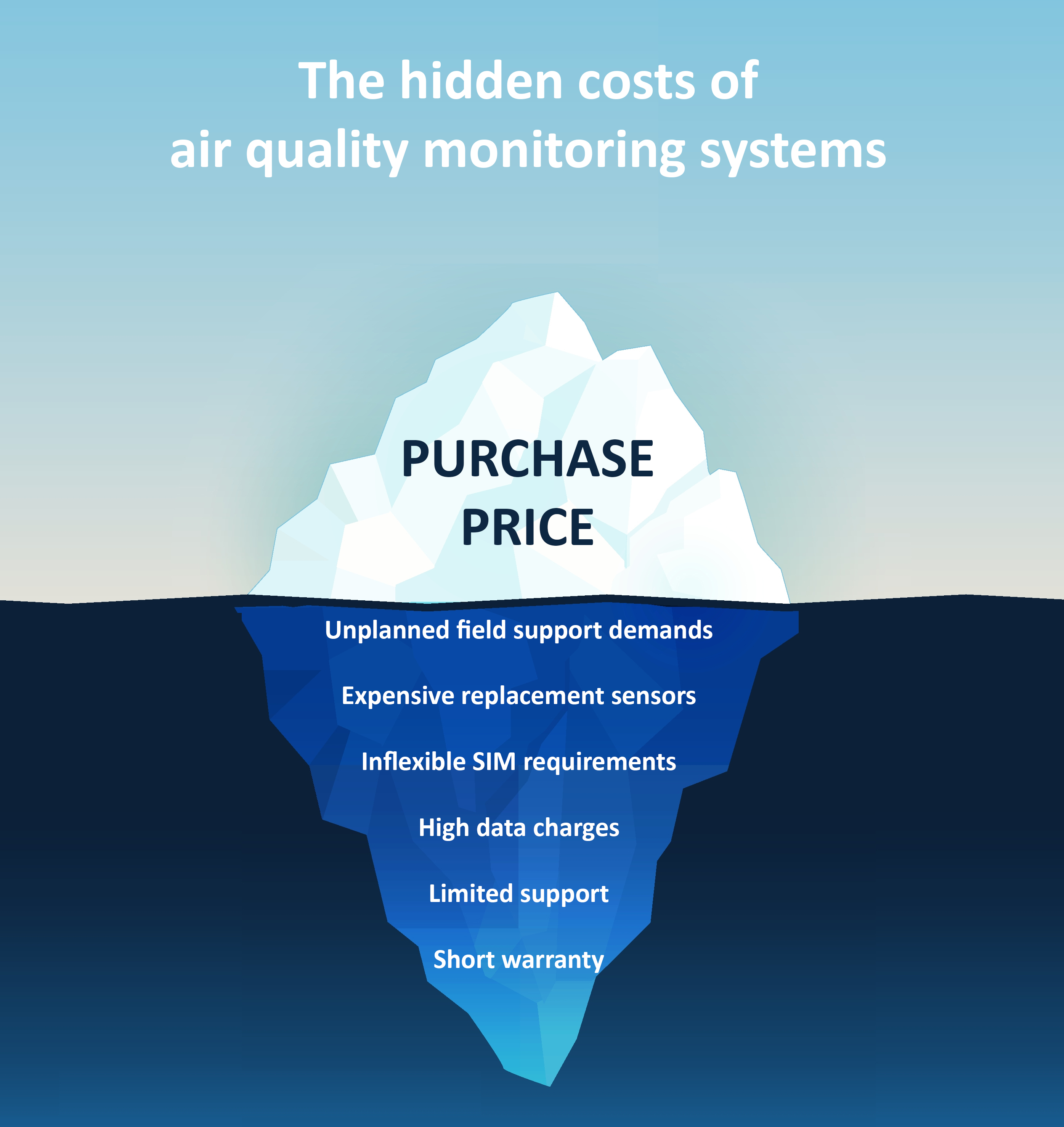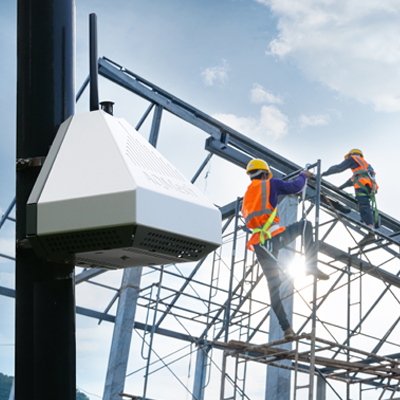 On 9th April The Sunday Times reported that employers have been told they are legally obliged to protect their staff from diesel fumes — and could be sued if workers develop cancer later in life.
On 9th April The Sunday Times reported that employers have been told they are legally obliged to protect their staff from diesel fumes — and could be sued if workers develop cancer later in life.
Read the full article here.
Employers who want to assess risk to employees can use AQMesh to take round-the-clock readings of a range of measurements including key pollutants NO2 and PM2.5. The small, battery-powered devices transmit data using the mobile phone network and data can be accessed using a secure online login.
The Sunday Times article is based on a reclassification of diesel fumes as a “grade 1 carcinogen” by the International Agency for Research on Cancer, part of the World Health Organisation, after it found that people exposed to diesel fumes at work were up to 40% more likely to develop cancer.
The Institute of Occupational Safety and Health (IOSH) and Health and Safety Executive (HSE) have issued the warnings and as many as 500,000 UK jobs may be affected. Clearly it is not just UK workers who are affected by diesel fumes in the workplace. Employees with jobs that could involve high exposure to diesel fumes are any who spend much of their time on or close to busy roads or railways, or near running diesel engines or generators.
Studies with AQMesh have shown high exposure to NO2 and particulate matter inside vehicles such as taxis and also inside office buildings. Although buildings often have active air management to reduce CO2 levels, air intakes can be positioned such that they draw in air from a highly polluted area. Particles may be filtered out but without knowing how levels of the invisible, odourless pollutant NO2 are potentially building up, it is very difficult to manage indoor air quality.
Employers may be required to take action, including practical advice for employees to minimise exposure. However, exposure can vary dramatically depending on location – inside or outside a vehicle or building – time of day, day of the week, etc. For employers to understand the risk presented to employees and to take appropriate action, it is straightforward to assess air quality very close to the point at which employees are inhaling air.
The best quality data about air pollution comes from reference stations, using validated equipment. However, such stations are large, immobile and require power and communications infrastructure. AQMesh can be located in a fixed position to monitor a workplace on an ongoing basis, such as inside a facility, next to a professional driver or on a fence next to a construction team. AQMesh can be calibrated against reference instruments to establish reading validity.




